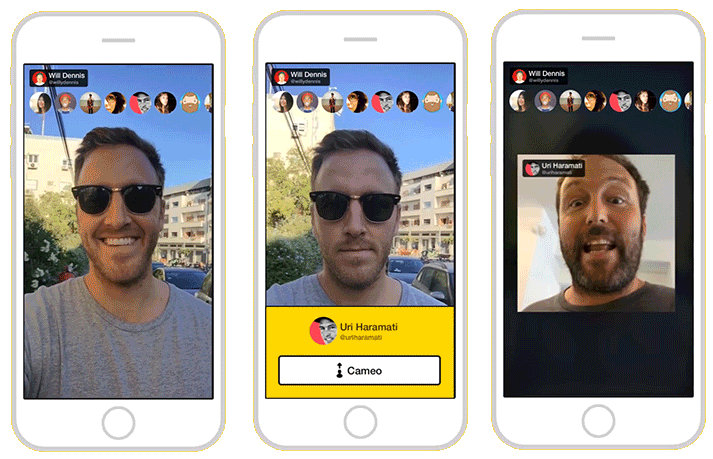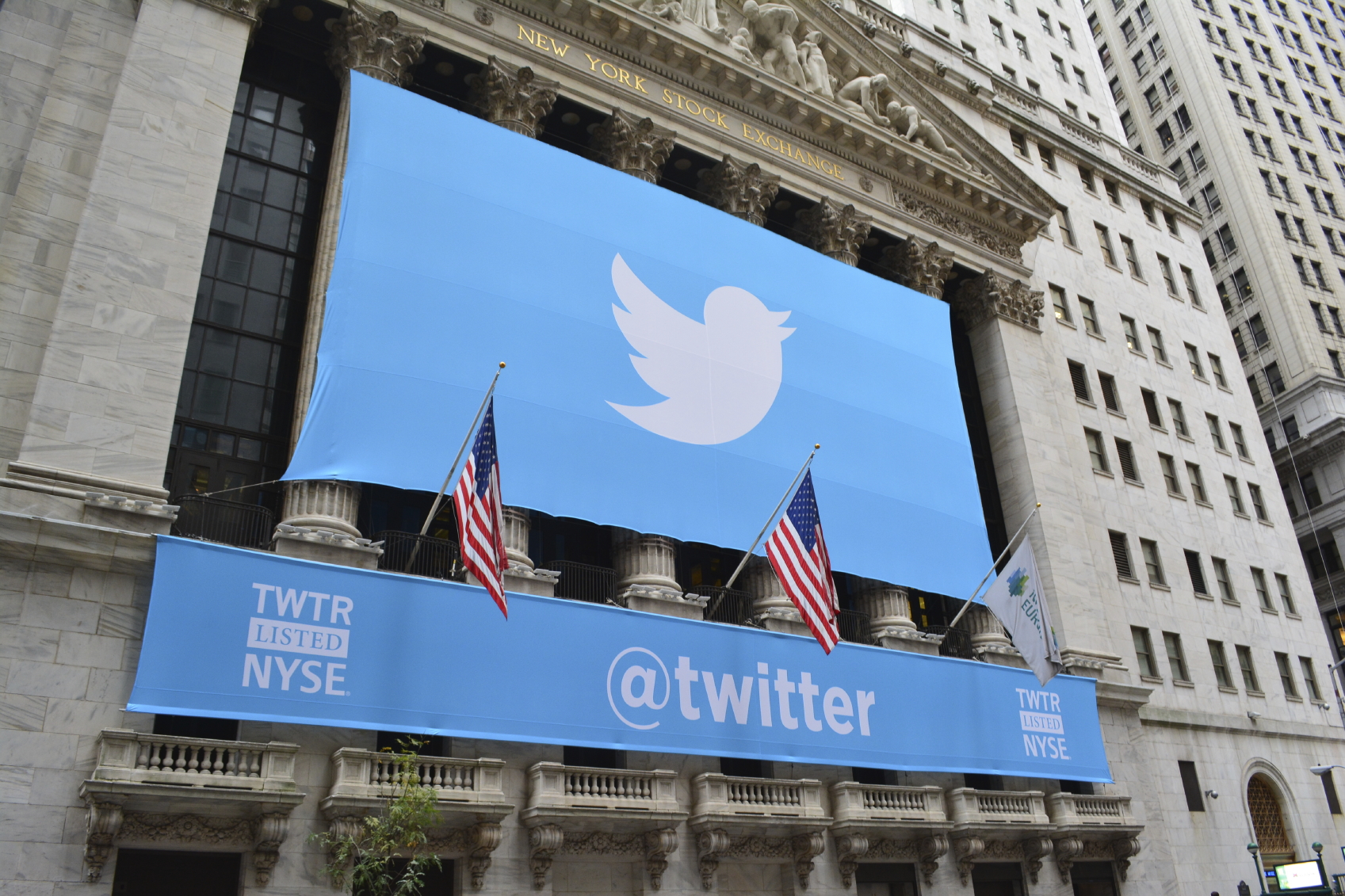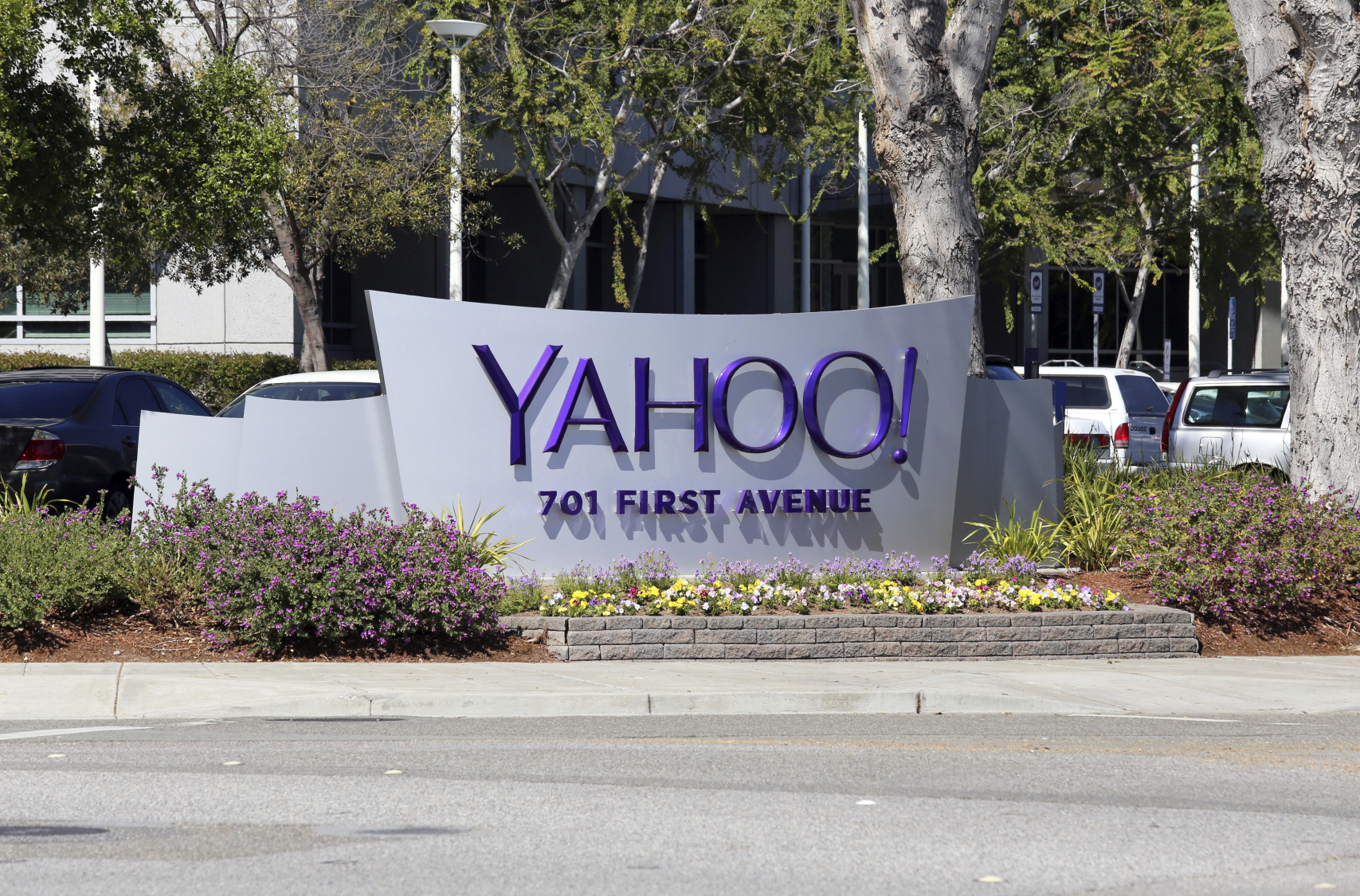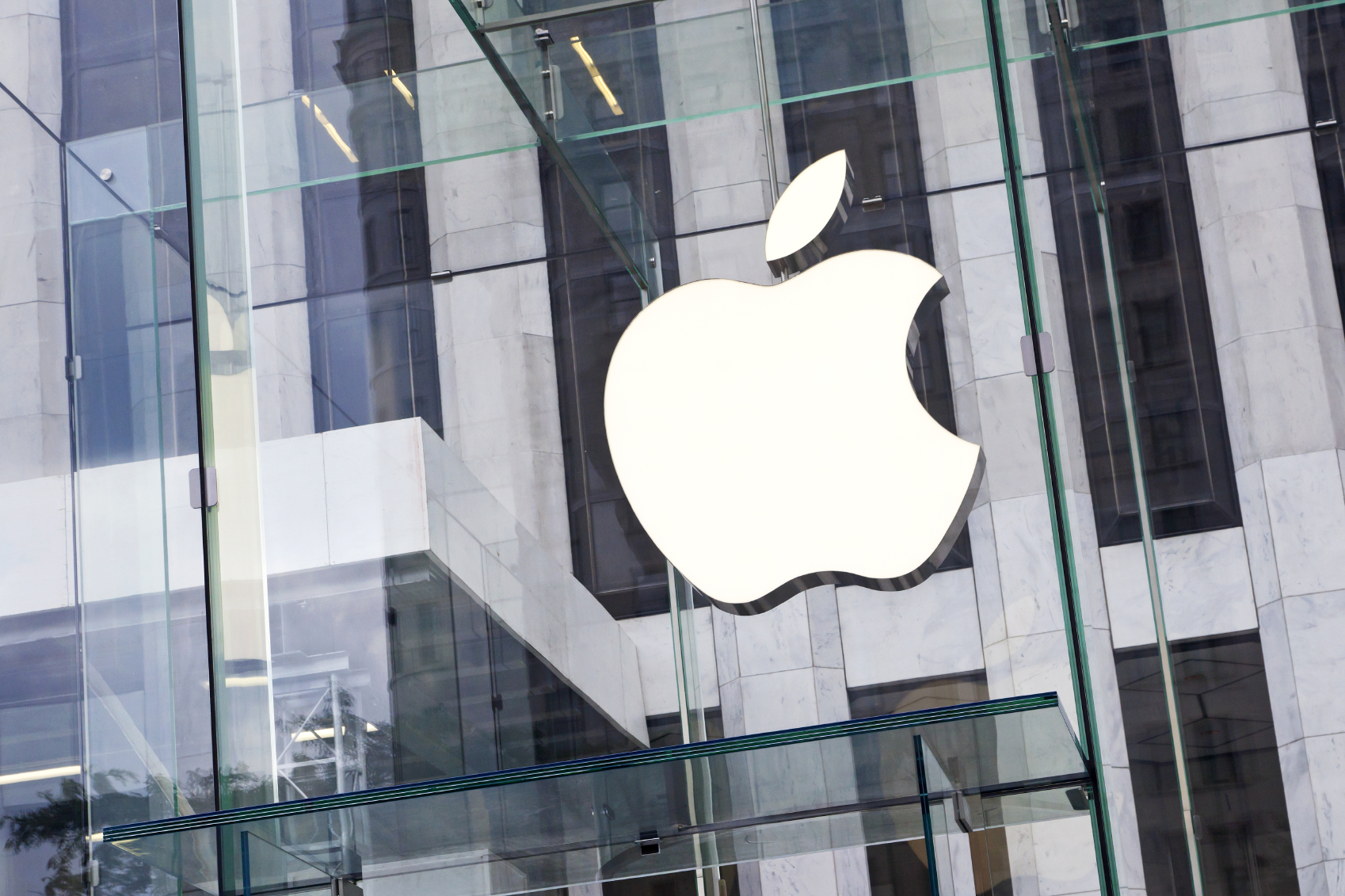What Happened
YouTube has been making strides in expanding beyond the traditional horizontal videos in the past few months, adding support for new video formats, such as mobile-originated vertical videos and VR-derived 360-degree spherical videos. This week, YouTube further integrates the new formats by allowing full-screen vertical video viewing in its Android mobile app, as well as adding support for 360-degree videos to TrueView video ad platform, part of Google’s AdWords products.
What Brands Should Do
These two new formats are slowly gaining legitimacy as they incorporate viewing experiences native to the mobile and VR devices across platforms, which in turn can lead to better ad performances. For instance, Snapchat claims that vertical video ads are viewed completely nine times more frequently than horizontal ones, while YouTube reports that 360-degree videos can “deliver higher levels of consumer engagement than traditional video ads” with the added interactivity. Brands and marketers need to start experimenting with these new formats to keep up with the evolving digital video landscape and tailor content for the mobile-first consumers today. Don’t be the last content producer forcing users to use two hands to view your content.
Update 7/24: YouTube has updated its iOS mobile app to add support for vertical video fullscreen display as well.
Source: The Next Web & Marketing Land











